Bioelectrical Impedance Analysis
Why TANITA Bioelectrical Impedance Analysis technology is the most accurate
Highest levels of precision and clinical accuracy.
The original prediction equations used in TANITA software were devised by world-renowned body composition expert Professor Steven Heymsfield and his research team at St Luke’s Roosevelt Hospital, Columbia University, New York. Extensive independent research has proven that the accurate prediction of an individual’s body composition can only be determined if a range of parameters are included in an algorithm, such as gender, age and height and weight.
Trusted by experts for clinical excellence.
TANITA BIA technology has been more extensively validated against alternative body composition techniques than any other company and the findings have been published in international medical journals. In addition, TANITA monitors have been used in hundreds of independent research studies worldwide. TANITA is regarded by the scientific community as the gold standard in BIA technology and the TANITA Medical Advisory Board ensures TANITA remains at the forefront of scientific advances.
Groundbreaking advances in research.
TANITA continually invests in numerous research projects that focus on enhancing understanding of key health and fitness issues, including areas such as childhood obesity, optimising physical performance and sarcopenia in the elderly. Our aim is to work with experts to develop tools and technologies to assist all healthcare and sports professionals in providing the best possible services and to help people enjoy healthier lives.
Repeatability of measurements through precision weighing.
Precise weight measurements are essential for calculating accurate body composition measurements. TANITA prides itself on manufacturing highly accurate weighing mechanisms in both its home use and professional models. All TANITA medically approved professional monitors have been awarded NAWI Certification as well MDD Class IIa, FDA and CE Approval ensuring the highest standards are met.
Sound quality through robust construction.
TANITA has grown through continuous product innovation and a commitment to maintaining the highest manufacturing quality standards. The company operates award-winning manufacturing facilities in Japan and China and all TANITA medical products meet strict international quality standards and are independently quality-controlled.


Testimonial Professor Steven Heymsfield
MAKING A DIFFERENCE TO OUR PATIENTS’ LIVES THANKS TO USING THE BEST TECHNOLOGY
‘As a Medical Advisory Board member, I have consulted with and learned from TANITA engineers for over 20 years as they developed early prototypes that have now blossomed into advanced bioimpedance technologies that accurately quantify body composition. These developments are timely as a critical need exists to go beyond simple but inaccurate measures of body shape and composition (e.g., body mass index) when evaluating people with obesity, sarcopenia, and other chronic medical conditions and diseases.’
Professor Steven Heymsfield
Executive Director of Pennington Biomedical Research Center, Baton Rouge USA.
Member of TANITA Medical Advisory Board


Levels of Accuracy
How does BIA technology work?
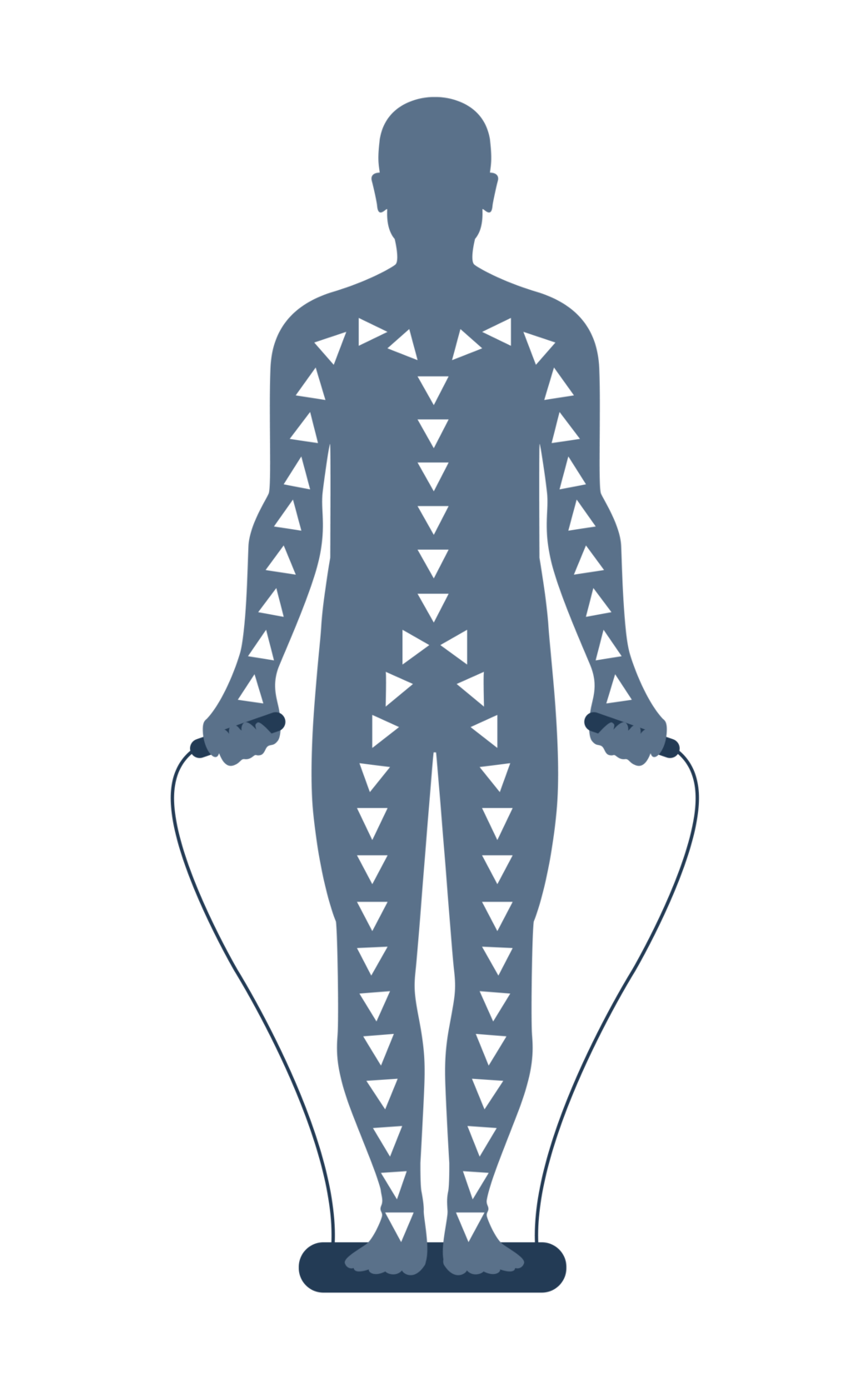

Bioelectrical Impedance Analysis is a technique used for estimating body composition. All TANITA body composition monitors use advanced Bioelectrical Impedance Analysis technology. When you stand on a TANITA monitor, a very low, safe electrical signal is sent from four metal electrodes through your feet to your legs and abdomen to produce whole body composition measurements. In segmental models, the four hand-held electrodes will provide extra readings for each leg, arm and abdominal area. The electrical signal passes quickly through water that is present in hydrated muscle tissue but meets resistance when it hits fat tissue. This resistance, known as impedance, is measured and input into scientifically validated TANITA equations to calculate body composition measurements in under 20 seconds.
Multi frequency BIA technology
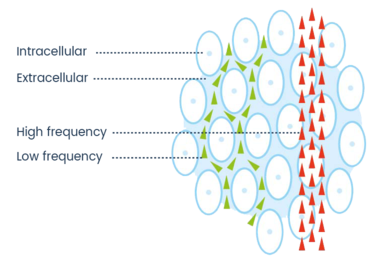

TANITA Multi-Frequency Monitors are able to measure bioelectrical impedance analysis at three or six different frequencies. The additional frequencies provide an
exceptional level of accuracy compared to single and dual frequency monitors. The lower frequencies measure the impedance external to the cell membrane. The higher frequencies are able to penetrate the cell membrane. By measuring impedance at both the lower and higher frequencies it is possible to estimate extracellular water (ECW), intracellular water (ICW) and Total Body Water.
This information is essential for providing the health status of a person and indicating health risks such as severe dehydration or oedema.
Dual frequency BIA technology
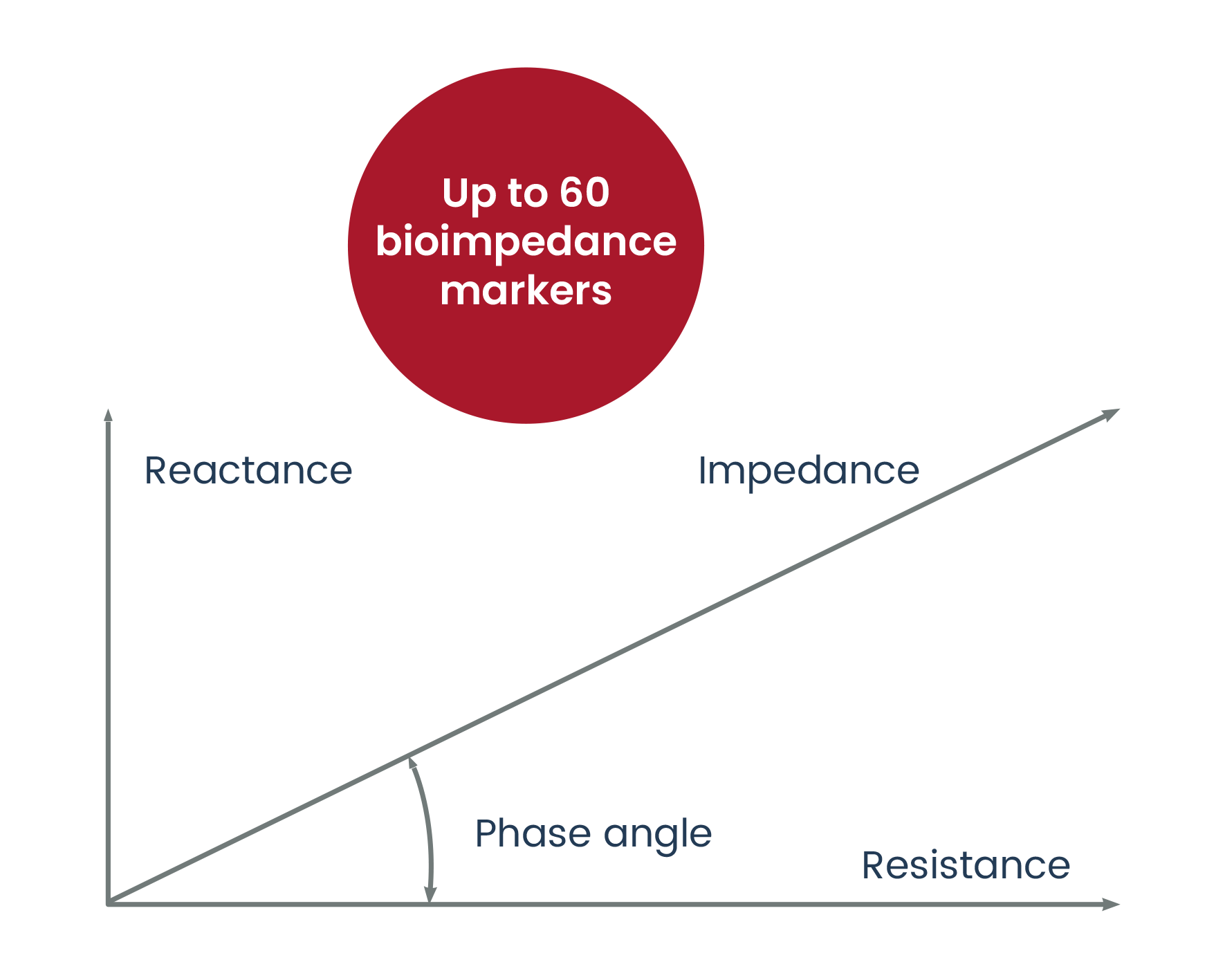

TANITA body composition monitors with Advanced Dual Bioelectrical Impedance Analysis Technology use two different frequencies to capture your body composition data. By using different frequencies, a higher accuracy of measurements can be achieved.
Next level in 4ccuracy
Introducing the TANITA 4-Compartment measurement
TANITA continues to offer the most accurate calculation of fat, lean mass (or muscle) and bone mineral density available, but with 4C monitoring we go even further, giving an unparalleled, 4-Compartment measurement.
Our new 4C method will enable you to fully assess levels of body fat, protein, bone mineral mass and water within the body.
What is the 4-Compartment (4C) model?
The 4C model divides body weight into fat, water, mineral, and protein using the gold standard method for measuring each element.
The 4C model involves the measurement of body mass or weight, total body volume (air displacement), total body water (D20), and bone mineral (DXA); however, specialised laboratory equipment is required minimising the availability of the 4C method to many clinicians and researchers.
Level of precision with the 4C¹ method
- Body fat 97%
- Lean mass 98%
- Muscle mass 98%
- Total body water 98%
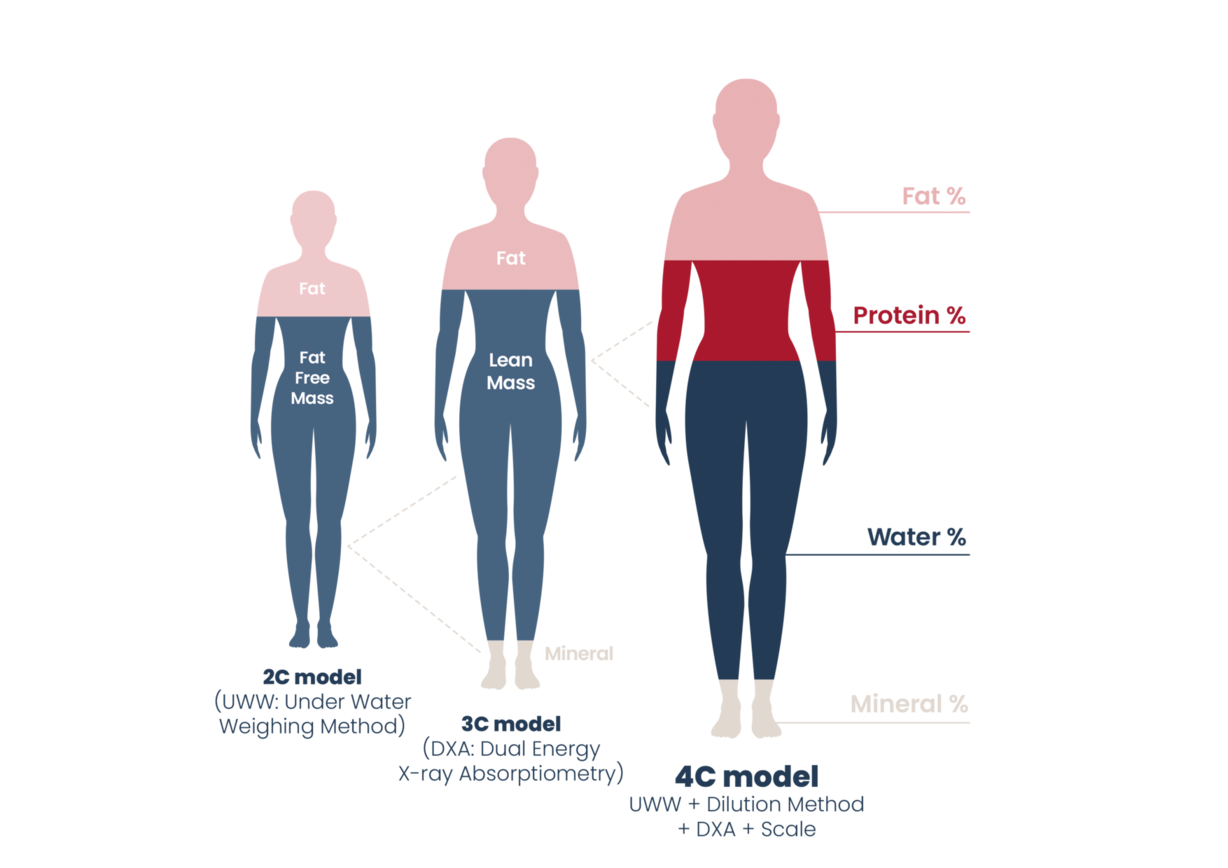

Testimonial Professor Angelo Pietrobelli
‘The 4-Compartment model is a gold standard method to assess body composition in many conditions such as over and under nutrition, hydration, obesity and sarcopenia.’
Professor Angelo Pietrobelli, M.D.
Professor of Paediatrics
Professor of Nutrition
Paediatric Unit
Department of Surgical Sciences,
Dentistry,
Gynaecology and Paediatrics,
University of Verona, Verona, Italy
Member of TANITA Medical
Advisory Board
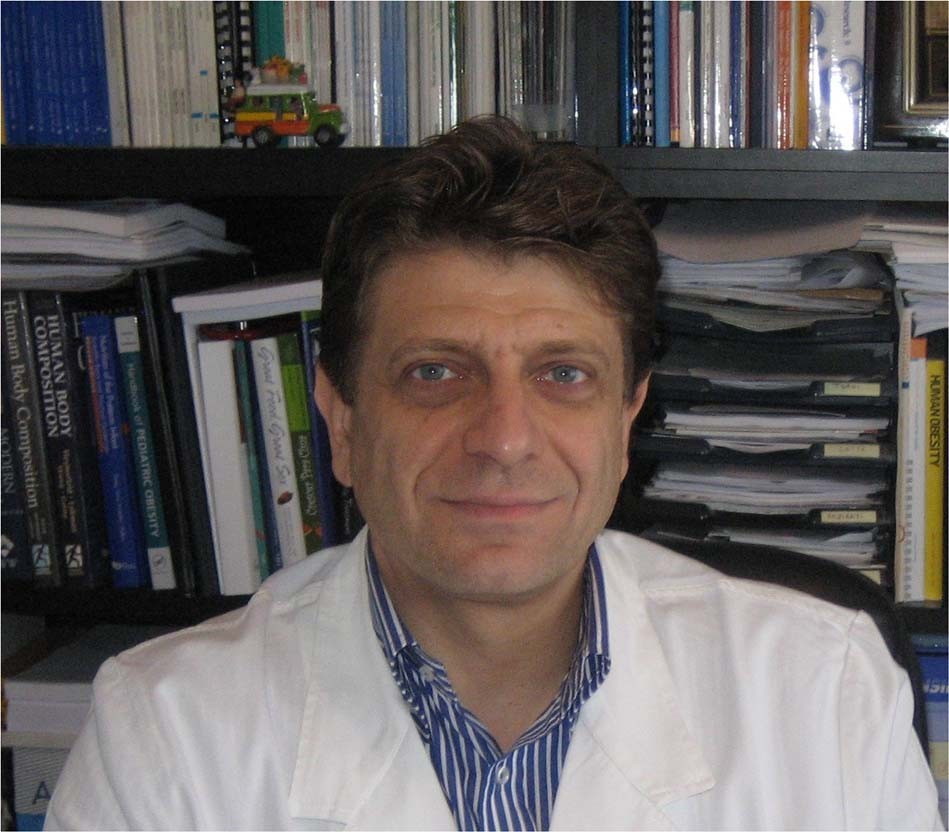

¹) Nishizawa, M & Ikeda, Y (2018), ‘Effectiveness of measuring body composition and metabolism in diet’. Metabolic Sensing - Learn the Metabolism in Health, Dieting, Beauty, Medicine and Brain. CMC Publishing Co., Chapter 6, Page 49
